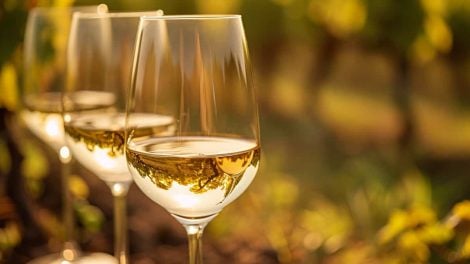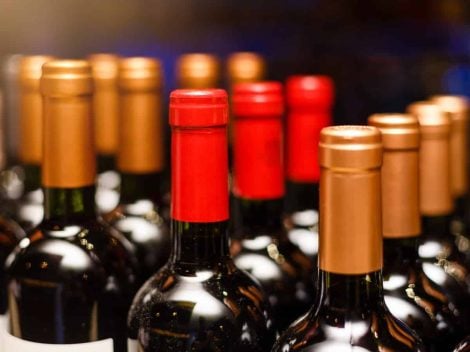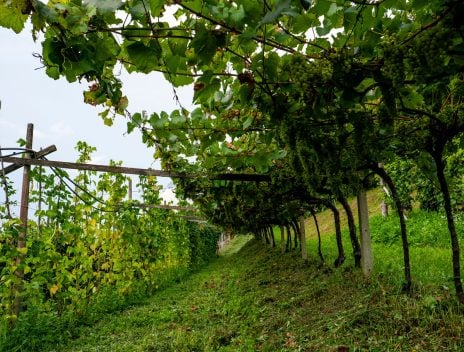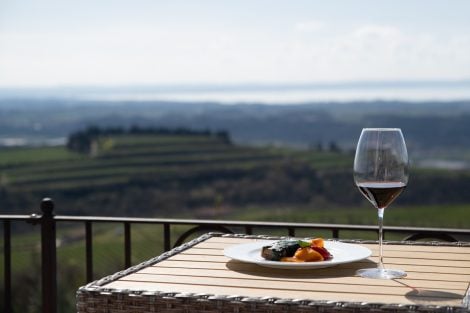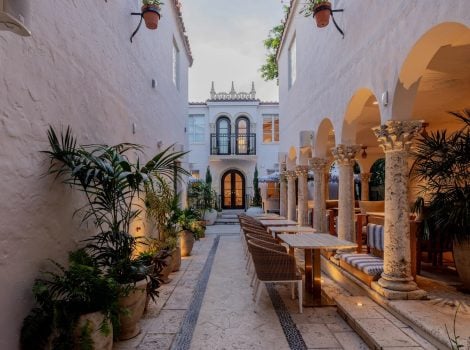Easter in Italy
Although Italy is officially a secular state, the Italian calendar is built around the many Catholic festivals celebrated throughout the country. After Christmas, Easter is the most heartfelt festival by Italian families who, as usual, choose to honor it at the dining table. On Sundays, of course, but also on Easter Monday, started after World War II, in order to extend the celebrations. It begins on Palm Sunday with the mass and the blessing of olive tree branches. And then it continues with Good Friday, the Stations of the Cross, till the Monday of the Angel, in memory of the meeting of the messenger with the women who encountered the tomb empty. Each region has its own rituals and traditions, which find their most authentic expression and old-fashioned charm in small villages, including processions, historical re-enactments and parades.
Easter breakfast tradition
There are many different typical recipes from the North to the South of Italy, mainly lamb dishes, the Easter symbol, and eggs, representing new life, resurrection. Among the many Italian customs there is one, born in Rome, which is common to most of the central regions, and that has now spread to other regions: the Easter breakfast. A table full of delicacies, from hard-boiled eggs, cheese bread, cold cuts to colomba pasquale, without forgetting quiches and leavened products. A sumptuous banquet featuring rich and high-calorie dishes for a clean break from the Lenten fast. A meal that begins in the morning and continues until lunchtime.
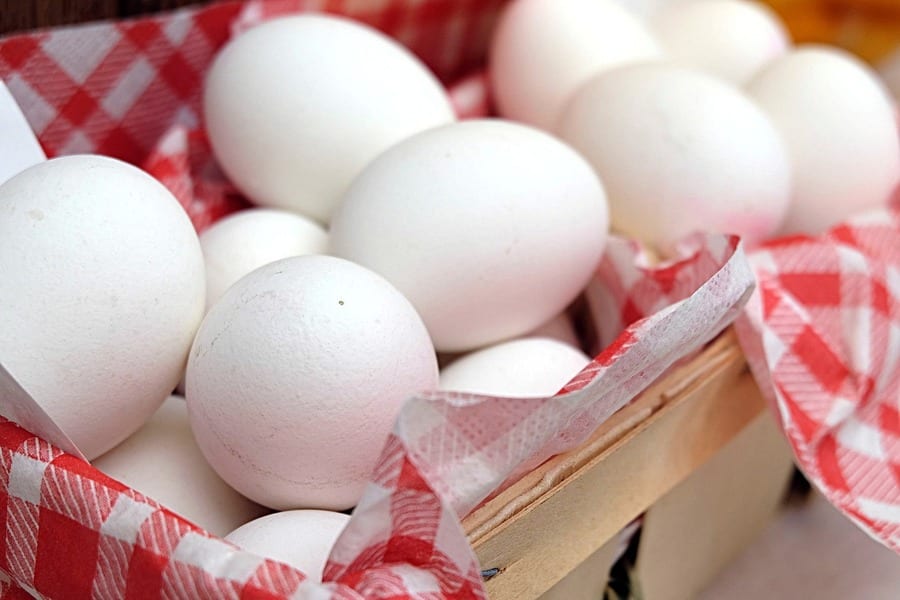
Although it is a custom strongly rooted in the Roman culture, Easter breakfast includes many specialties from other regions. Telling all of them is impossible. We have therefore tried to bring together the most popular ones nationwide. In addition, a not-to-be-missed Roman recipe: coratella (innards) with artichokes.
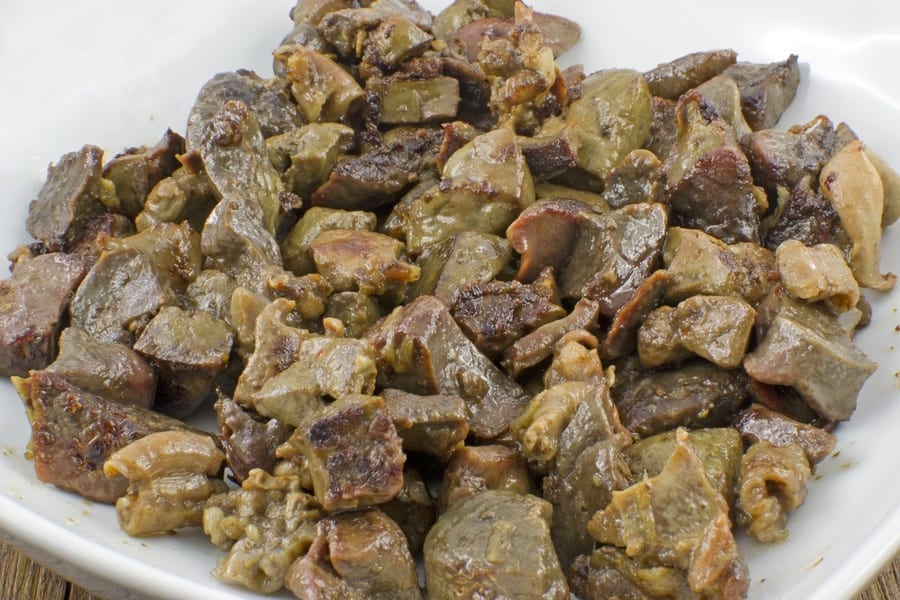
Coratella: the Roman tradition of innards
A flavorsome dish, one of the many Roman recipes based on innards, animal’s entrails that were wasted by butcher's shops and then repurposed by the Romans. In the beginning, it was the ‘vaccinari’ of the Testaccio slaughterhouse who were responsible for the cattle skinning, and began to cook them: the innards were, in fact, the reward for their hard work. Many of the great classics of Latium cuisine, from coda alla vaccinara to tripe, were born as dishes from food scrap, in order not to waste these less-valuable parts. Coratella is the abbacchio (lamb) innards: yes, because in Rome we do not speak of lamb, but rather of ‘abbacchio’: "baby sheep still suckling or recently weaned", as reads the Chiappini Roman dictionary, different from the lamb, which, instead, is the "baby sheep under a year of age and already twice shorn".
Lamb: symbol of Christian sacrifice
Whatever it is called, lamb is one of the most significant Easter symbols, also beyond Italian borders. Its symbolism is described in the Bible, particularly in the story of the liberation of the Israelites from Egyptian slavery. Before setting out for the Promised Land, each Jewish family had to sacrifice a lamb, and then smeared its blood over the doorposts of their homes, so that the Angel of the Lord, who came in the night to do justice by killing all the firstborn sons of the Egyptians, could recognize their homes and spare their children. "Do not eat any of it raw or boiled at all with water, but rather roasted with fire, both its head and its legs along with its entrails. And you shall not leave any of it over until morning, but whatever is left of it until morning, you shall burn with fire. Now you shall eat it in this manner: with your loins girded, your sandals on your feet, and your staff in your hand; and you shall eat it in haste — it is the Lord’s Passover!". It is the Agnus Dei, the lamb of God, the Christian symbol that represents the son of Jesus Christ, ready to sacrifice himself for the redemption of humanity's sins.
Crescia: monasteries’ leavened bread
Among savory pies, the star of the breakfast is the cheese bread called ‘crescia’ or ‘pizza al formaggio’, a super fluffy and delicious leavened bread typical of central Italy, in particular Umbria, Marche and Tuscany. Parmesan and pecorino cheese are the two essential dairy ingredients to use in the preparation, but there are many other cheeses that can be added to the dough, from soft to more aged ones, according to personal taste and to the local tradition. A rich dough that rises during the preparation, the dialectal term ‘crescia’ refers indeed to the dough expansion during leavening and baking.
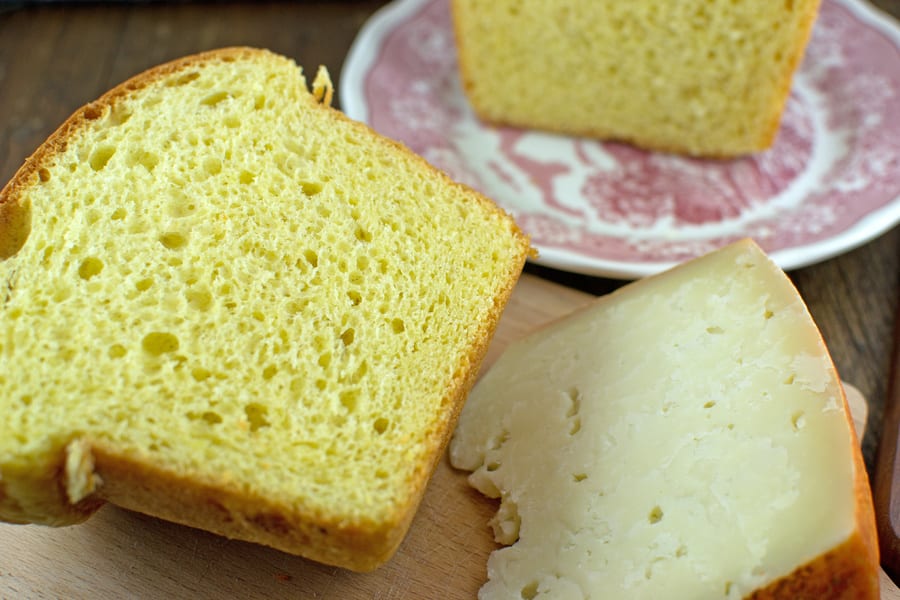
It is a typical specialty of the peasant tradition. Legend has it that it was born in medieval monasteries, particularly in the one of Santa Maria Maddalena in Serra de' Conti, in the province of Ancona. Among the first written records, the 1848 cookbook ‘Memorie delle cresce di Pasqua fatte nel 1848’, and then ‘Il cuoco delle Marche’ in 1864. The origins of the recipe, however, have been described by Tommaso Lucchetti in ‘La cucina delle monache’, which explains the tradition of Good Friday, the day of the preparation of crescia, made with 40 eggs to symbolize the days of Lent.
Corallina: the salami of Norcia
The unmissable ingredient in the Easter cheese bread is corallina, one of the most known and widespread cured sausages in Umbria, composed of a 3:1 lean to fat ratio: first-rate lean meat, as the shoulder and the ham trimmings finely minced, plus a part of chopped fat. The name derives from the ‘corallo budello gentile’, the first part of the pig's colon, the casing that allows the meat mixture to be preserved naturally for a long time without affecting its organoleptic characteristics. The hallmark of this salami is the distance between the quite large cubes of fat, arranged in a way that they never touch each other.
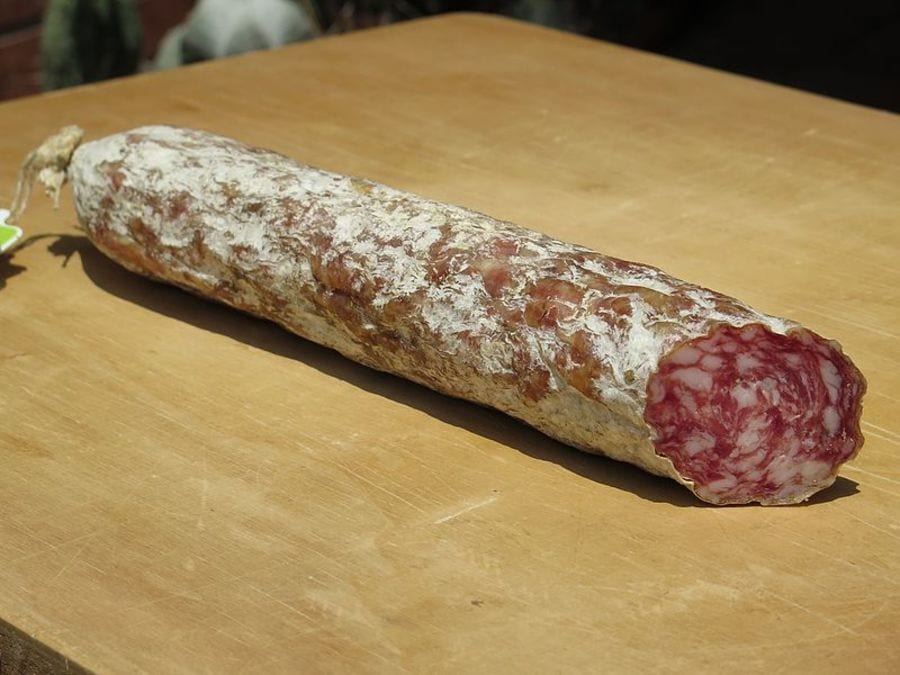
Since ever a traditional Easter recipe, in the past it was made in the laboratories only on the occasion of the feast, to be eaten with cheese bread and hard-boiled eggs. This specialty was born in Norcia, one of the most famous places for ‘arte norcina’ (artisan butchers, that owes its name to the Umbrian town), where it has always been prepared with salt, ground pepper, peppercorns, and garlic wine marinade.
Casatiello: the king's bread
Originally from Campania but now widespread throughout Italy, a place of honor on the Easter dining table goes to casatiello, a rustic bread of the Neapolitan cuisine. Its birth dates back to the seventeenth century with the folk tale ‘La gatta cenerentola’ by Giambattista Basile, which describes the king's table. Many, however, believe that this savory ring-shaped bread was born long before the seventeenth century including it, and that its name derives from the Neapolitan word ‘casa’ that means cheese.
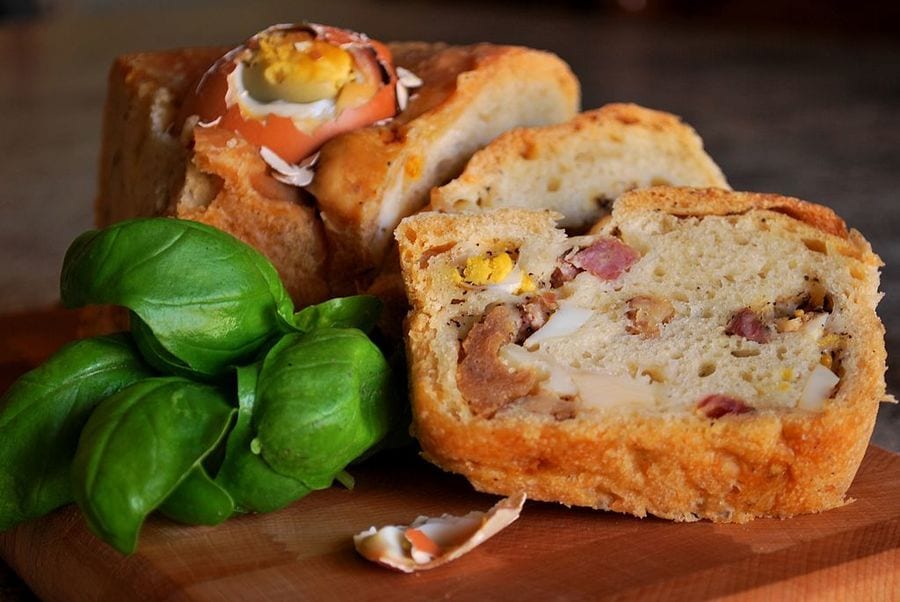
It is, in fact, a leavened bread filled with cheese and cold cuts, baked in the oven with whole eggs in their shells. A recipe that recalls the typical elements of spring — cheese and eggs — and combines them in a delicious and soft savory bread. Similar is the tortano, which differs for the arrangement of eggs, which, instead of being whole and placed on the surface, are nestled hard-boiled and chopped in the dough, together with cheese and salami.
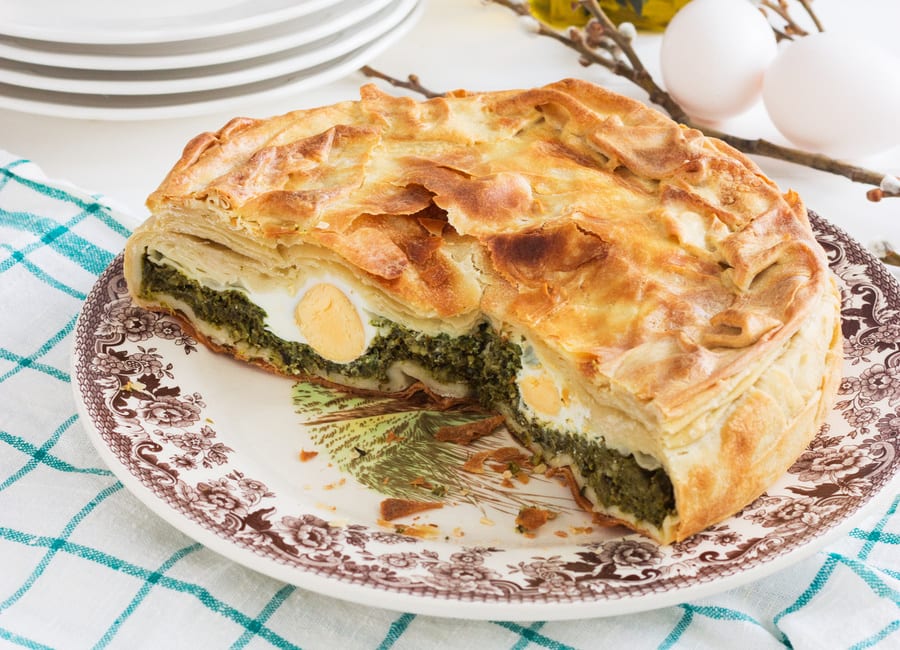
Torta Pasqualina and the 33 layers of puff pastry
Another region, another recipe now consumed everywhere. And, above all, other eggs. Typical of the whole Liguria region, in particular of the Genoa area, torta Pasqualina is a great classic that celebrates the arrival of spring. The two main ingredients are eggs and cheese, in the past traditionally reserved for special occasions, and that along with chards, ricotta cheese, spinach and wild herbs make up the filling of this thin pastry shell. The pie has a strong link to the religion: legend has it that in the past housewives used to superimpose 33 layers of pastry, a symbolic number to pay tribute to Jesus’ age. An ancient rustic pie, described in the 1548 "Catalogo degli inventori delle cose che si mangiano et si bevano" by Ortensio Lando, when the recipe was still known as ‘gattafura’.
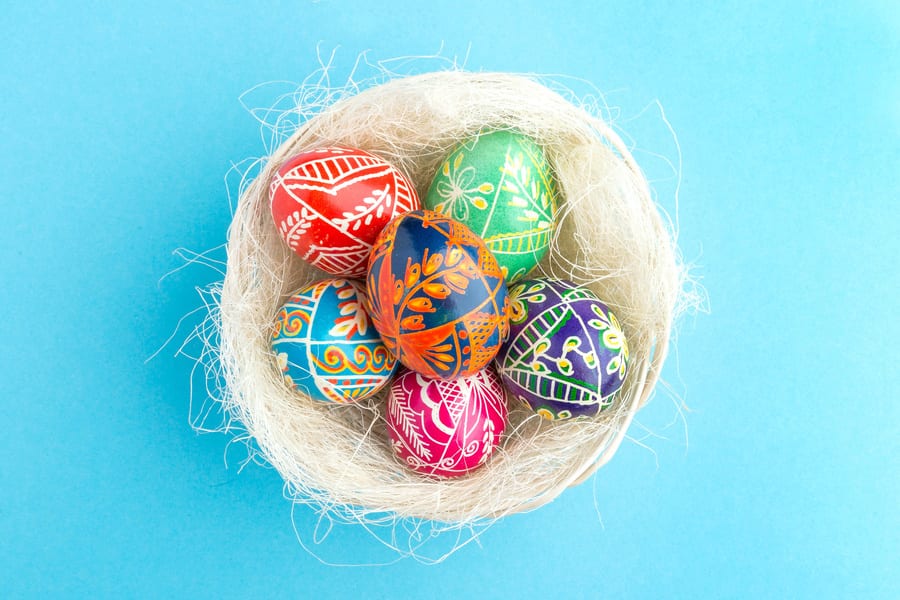
Decorated and chocolate eggs
Easter’s main symbol is the egg, emblem of rebirth, as well as of protection. Eggs have always been one of the most popular gifts in the past (for instance Persians considered it as a sign to embrace spring, and celebrated it with fertility rites), and the modern tradition of sweet eggs comes from this ancestral custom. As a sign of couple’s love and a trophy for sportsmen in the Middle Ages, it was not until the fourteenth century that gold-leaf-covered eggs became a typical Easter gift, as mentioned in the account books of King Edward I of England. To refine the art of decoration, Peter Carl Fabergé, goldsmith at the royal house of Romanov, was commissioned by Tsar Alexander III of Russia in 1887 to create enameled eggs embellished with precious stones, containing a jewel inside. They became then collector’s items.
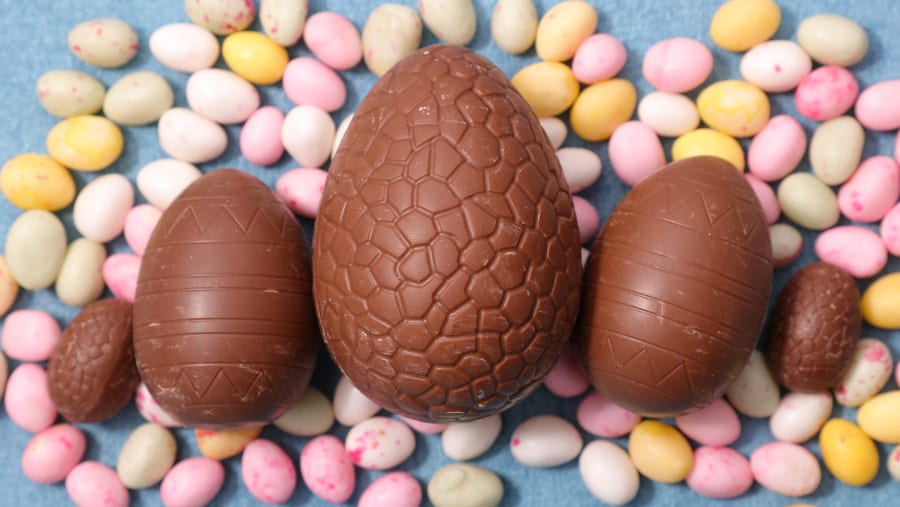
More uncertain, instead, are the origins of chocolate eggs: one of the most credible hypothesis claims Louis XIV to be the first one to have them made, considering that it was him who granted David Chaillou, first French mâitre chocolatier, the exclusive right to sell chocolate in Paris; on the other hand, there are those who say that it originated in Latin America, country of origin of the cacao tree. Whatever their history, one thing is for sure: the first chocolate eggs began to appear in France and Germany around the nineteenth century, yet without the surprise inside: the creations, in fact, were not hollow, but entirely filled with chocolate.
Colomba: symbol of peace
There is no Easter without eggs, but not even without colomba: the Lombard leavened cake made of wheat flour, sugar, eggs, candied citrus peels, yeast, and salt is the perfect end to the Easter breakfast or lunch. The dove symbolizes peace and salvation, once again taken from a biblical story: the return of the dove to Noah's ark carrying an olive branch in its beak, a sign of the end of the Great Flood. There are many stories about the origin of this recipe: among the most famous ones, the one of King Alboino, who in 572 DC saved the city of Pavia from being sacked on Easter Eve, caught up in emotions after tasting a delicious, sweet dove-shaped bread.
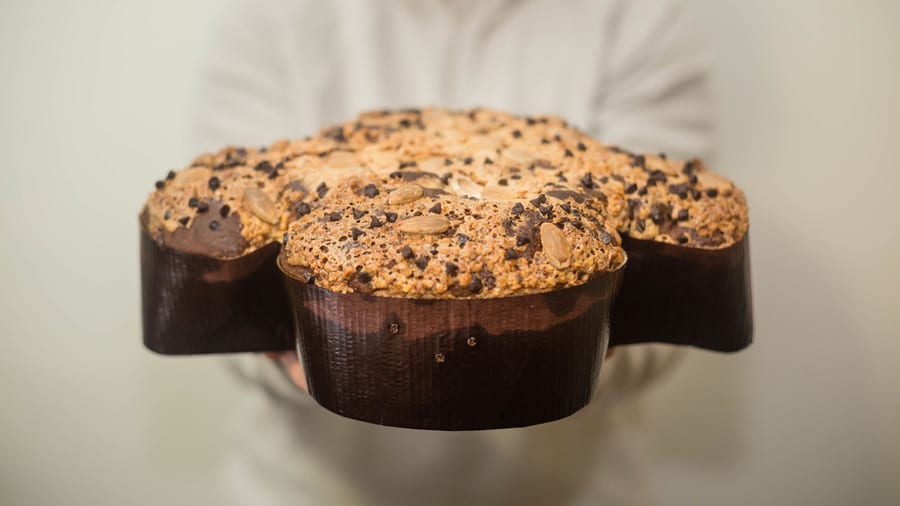
Another legend has it that the leavened cake was born in Legnano, following the battle in 1176 won by the Lombard League against Federico Barbarossa: to celebrate the victory, the commander had special breads made as a tribute to the three doves that had guarded the Lombard insignia. Over time, many versions of this cake have arisen, enriched with chocolate, custard, jams and nuts, yet all featuring the same unique shape and basic dough.
Neapolitan pastiera: the legend of the mermaid and the queen who never smiles
Originally from Campania but now widespread in the whole country, Neapolitan pastiera is a dessert that can be found in the city during the Easter holidays. It hides many stories about its origin, starting from the story of the mermaid Partenope, symbol of the city and protagonist of the fountain in Piazza Sannazzaro. According to the legend, the mythological figure emerged every spring from the waters to offer songs to the local people, who, in order to thank her, commissioned seven of the most beautiful girls from the villages around the gulf to give her some gifts: wheat, flour, ricotta cheese, eggs, orange flower water, sugar and spices. The mermaid brought these specialties to the gods, who mixed them together, thus giving rise to the dessert.
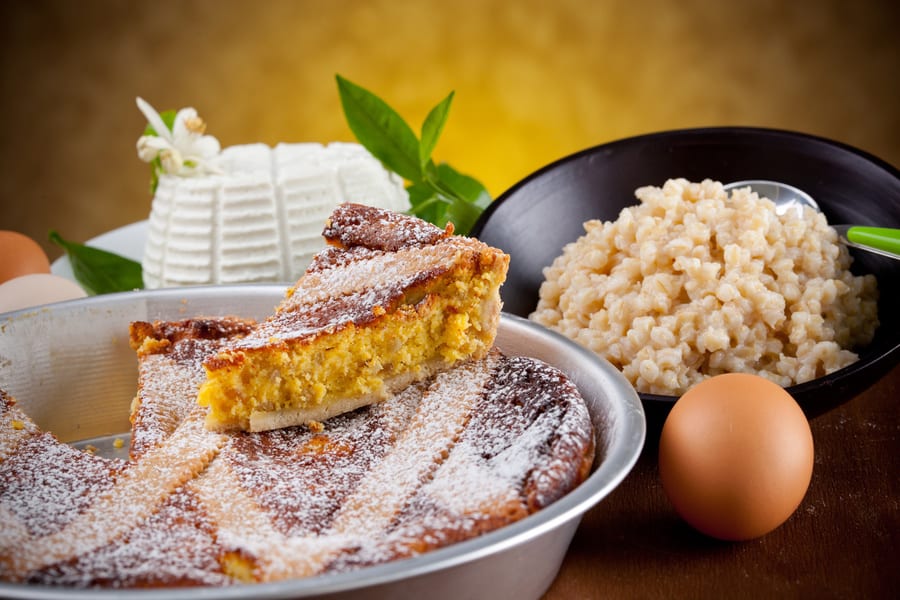
Another tale has it, instead, that pastiera was born by chance, after fishermen's wives had left overnight some baskets with ricotta cheese, candied fruit, wheat, eggs and orange flowers as offering to the Sea, in order to make their husbands come back home safe and sound. There is then the story of the ‘Queen who never smiles’, nickname of Maria Theresa of Austria, wife of King Ferdinand I of Bourbon: glutton by nature, the king convinced his wife to taste this spring dessert, succeeding in making her smile for the first time. The current version of pastiera, however, seems to have been developed in the kitchen of the Church of San Gregorio Armeno, once again, a dessert that contains all the spring symbols par excellence: wheat, the cycle of rebirth, egg, meaning new life, and orange blossom water as the announcement of spring.

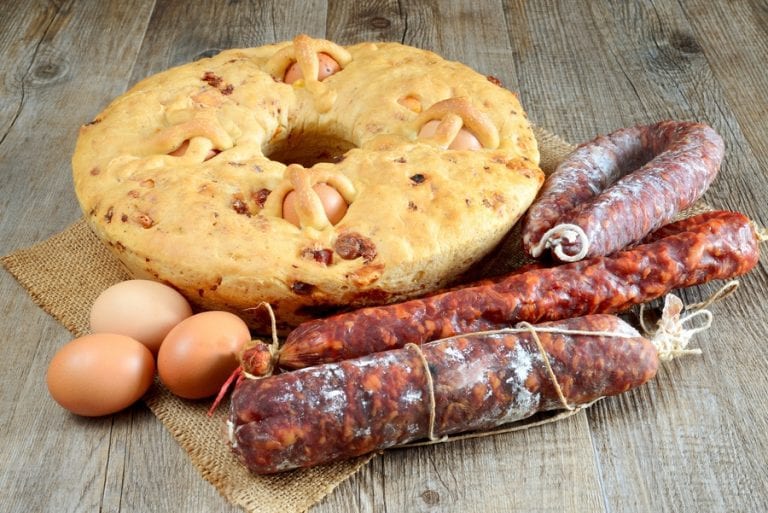
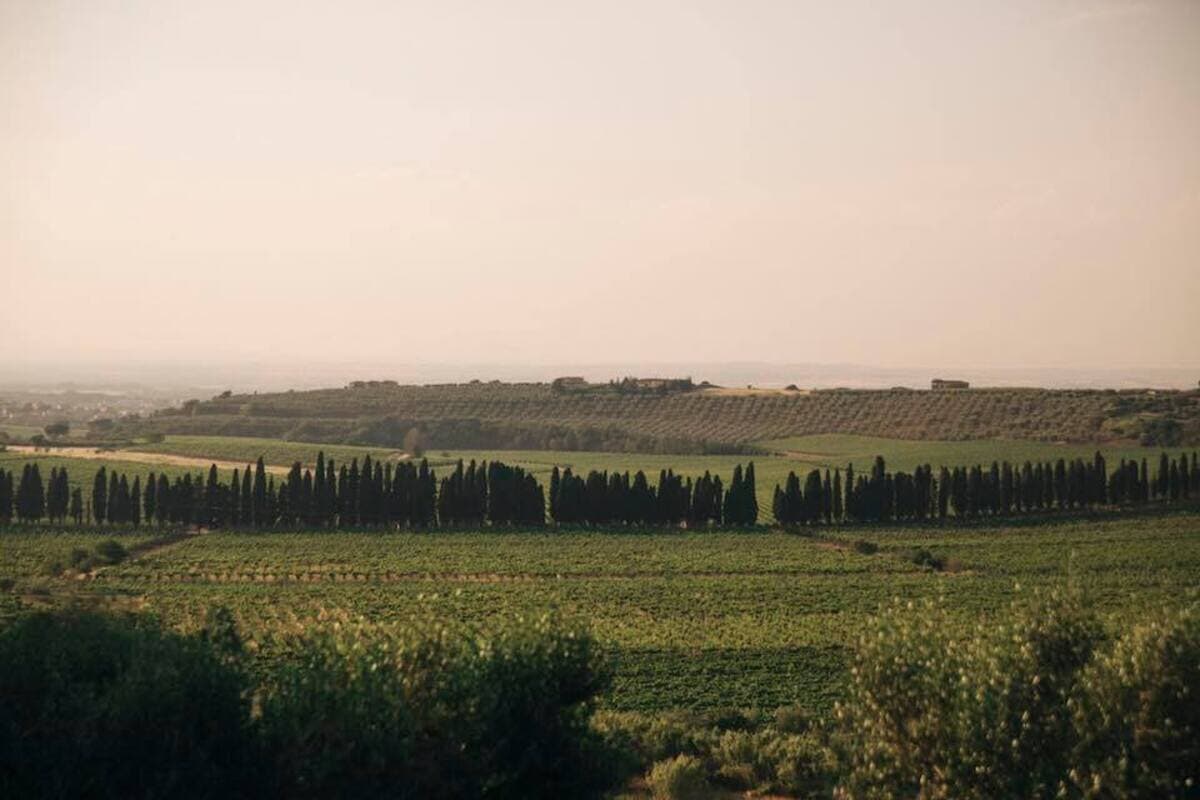 The Consorzio dei Vignaioli del Lazio is born. This is how artisan producers challenge the agro-industrial model
The Consorzio dei Vignaioli del Lazio is born. This is how artisan producers challenge the agro-industrial model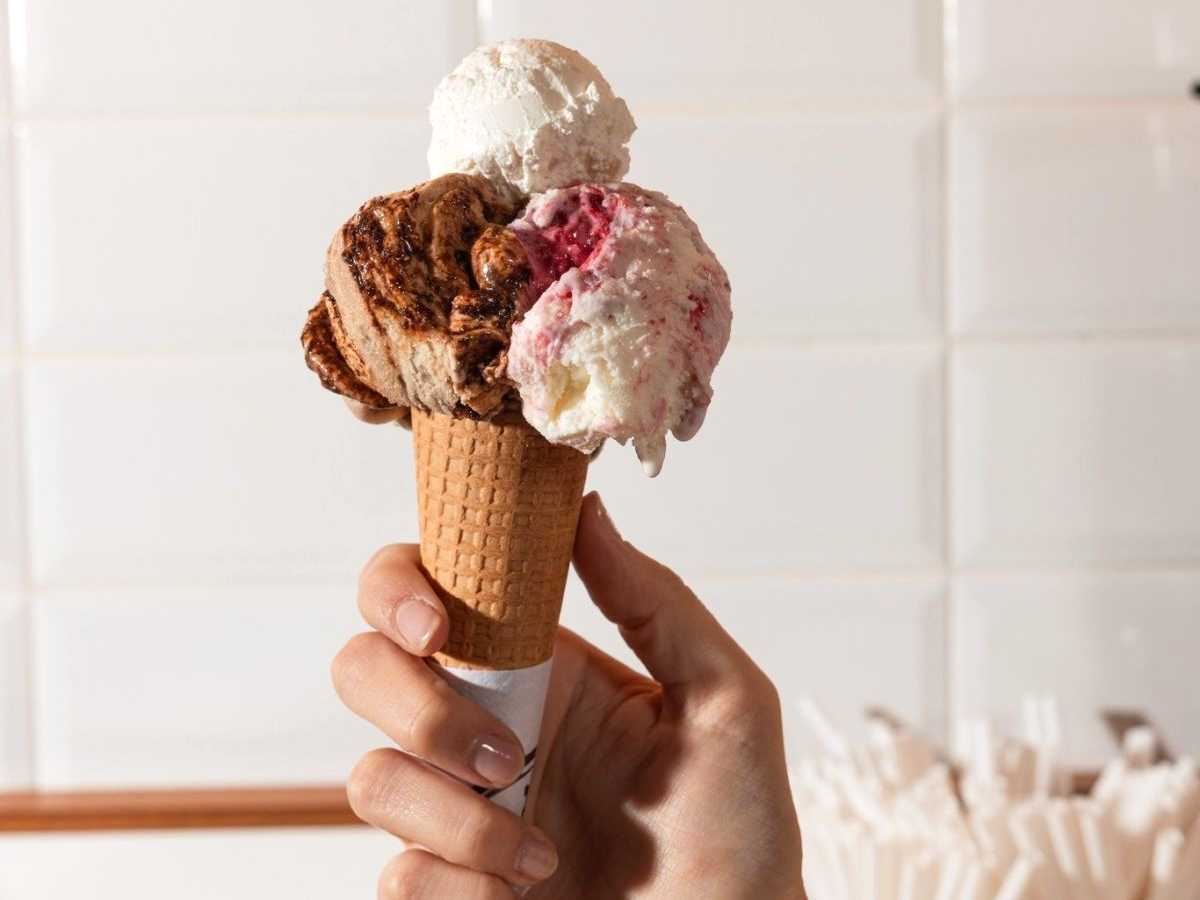 Where to eat gelato in Milan: the best spots
Where to eat gelato in Milan: the best spots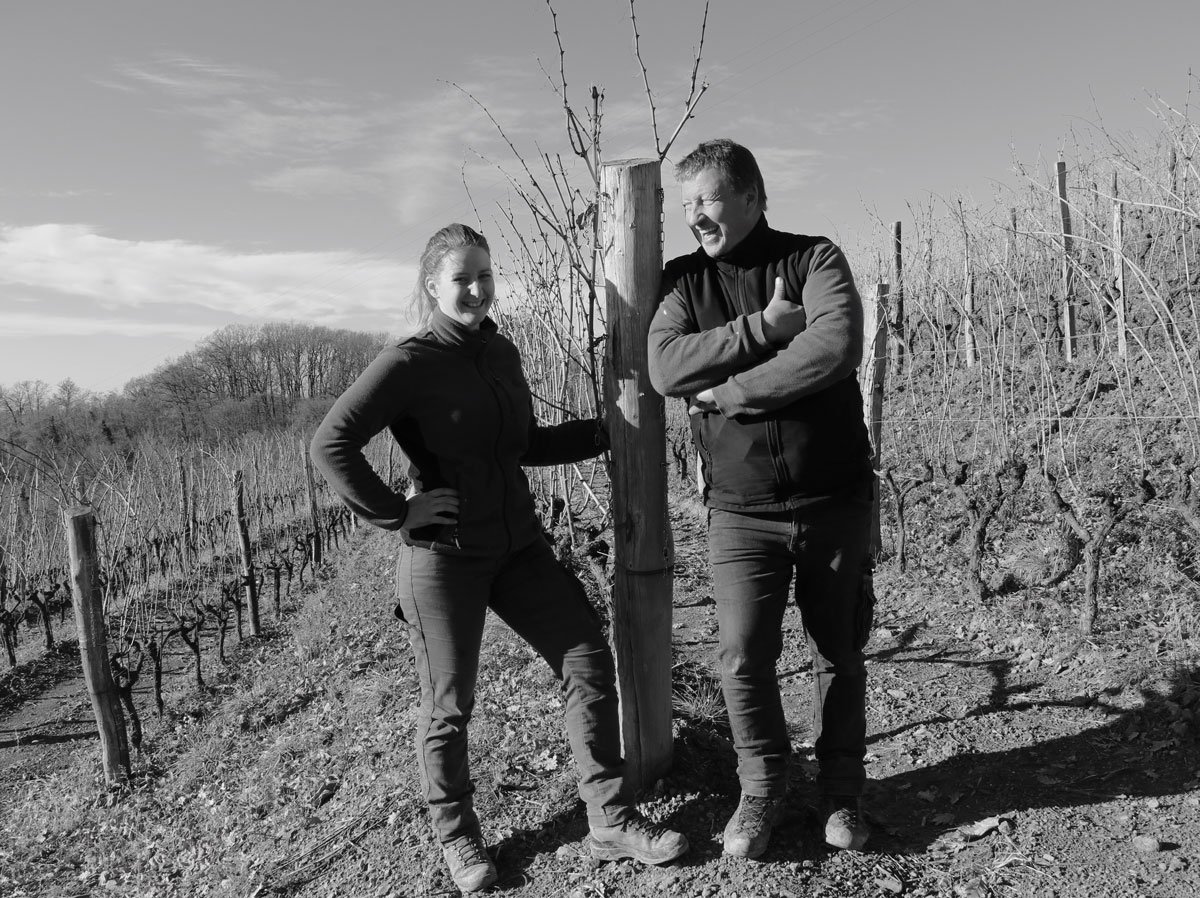 "I never thought wine was natural — it's the biggest nonsense I've ever heard." Interview with Damjan Podversic
"I never thought wine was natural — it's the biggest nonsense I've ever heard." Interview with Damjan Podversic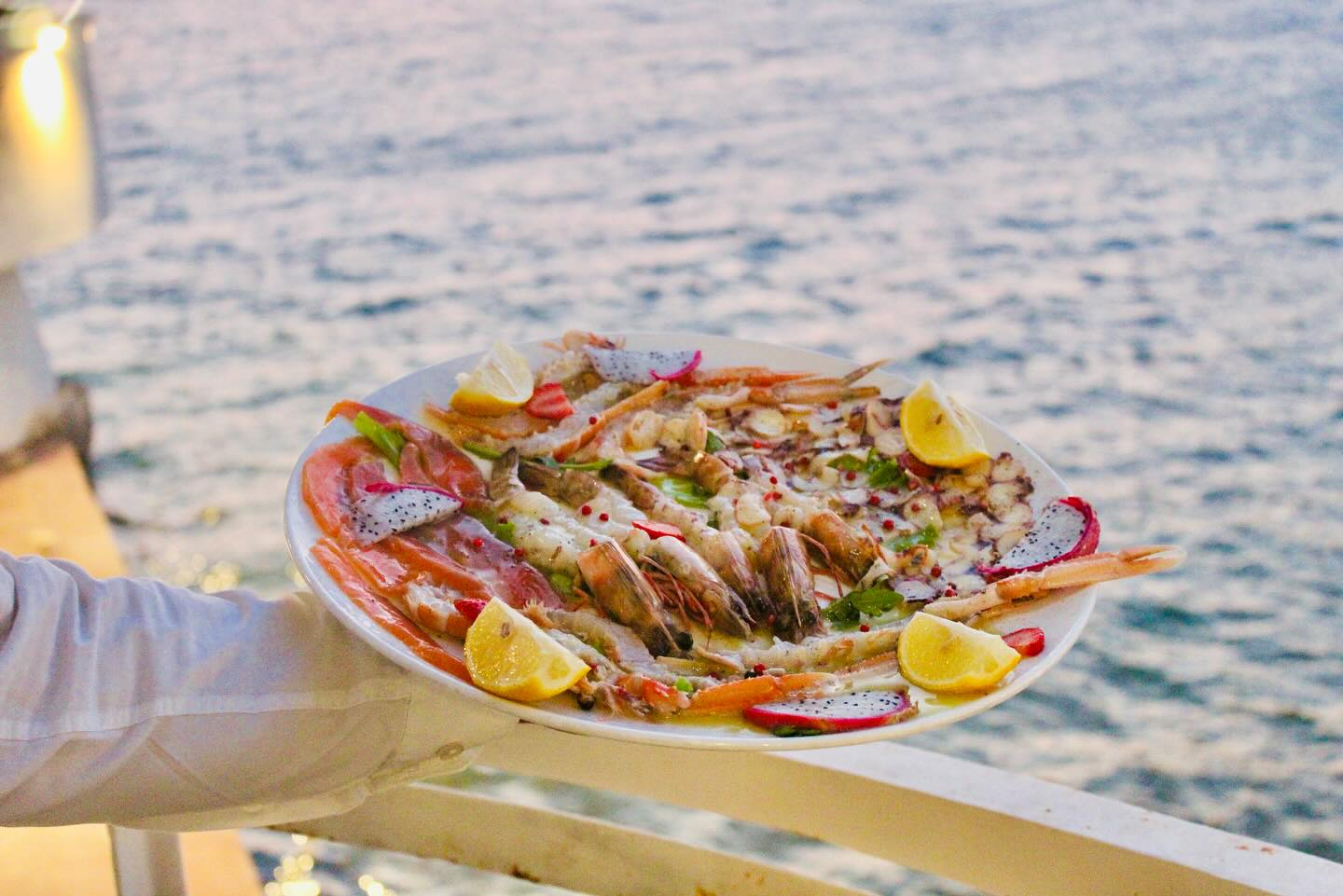 This year the Giro d’Italia starts in Durrës. Here are 4 unmissable places to eat in the Albanian city
This year the Giro d’Italia starts in Durrës. Here are 4 unmissable places to eat in the Albanian city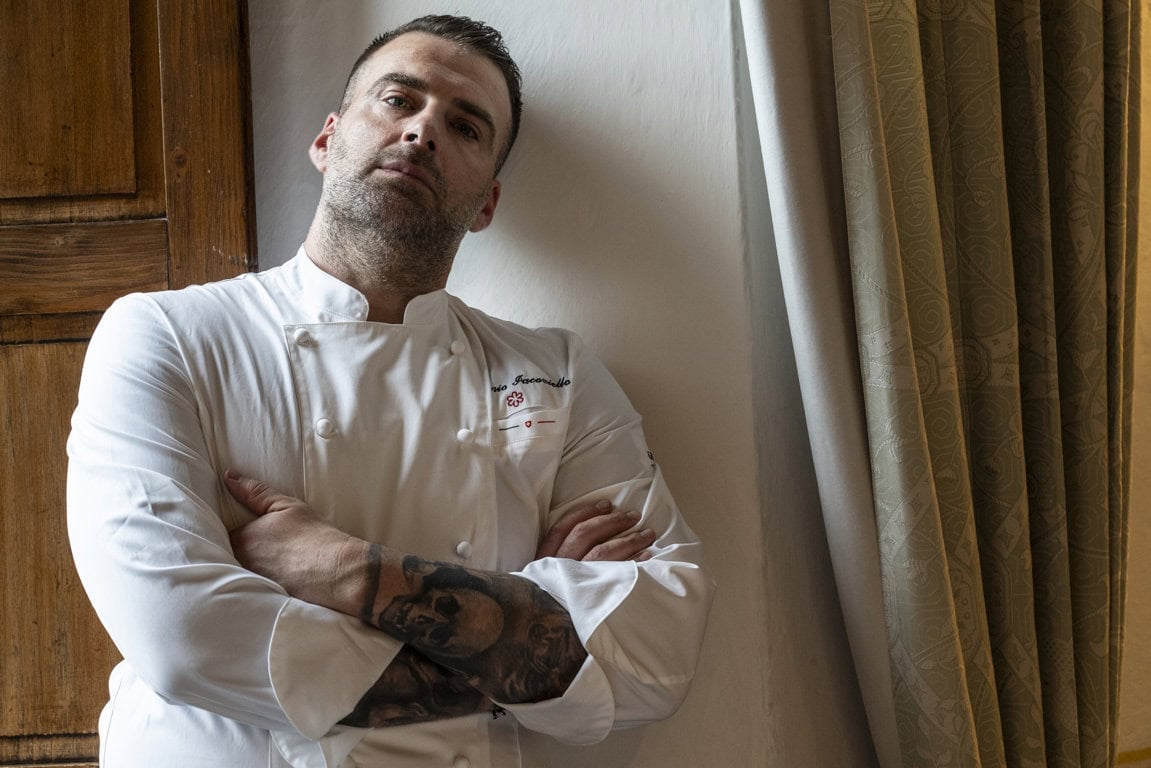 The chef who left a top restaurant in Tokyo to open his own place in a small Tuscan village
The chef who left a top restaurant in Tokyo to open his own place in a small Tuscan village
